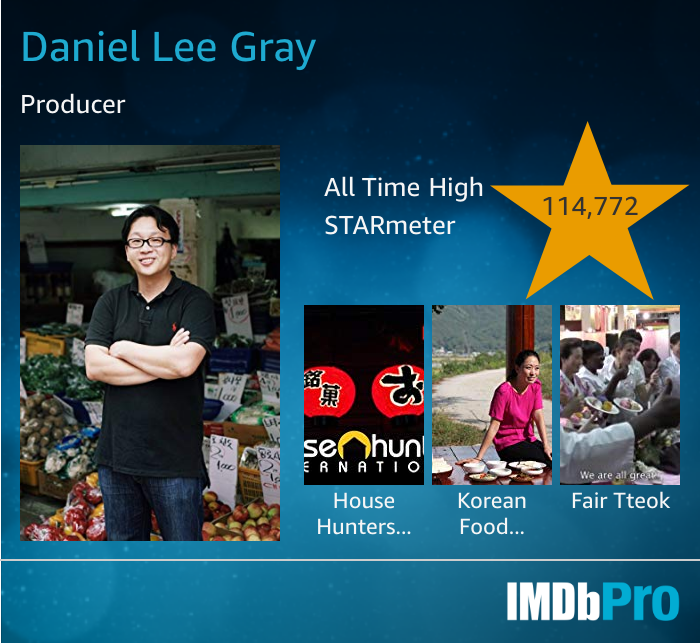Research: The banana diet in Seoul
http://www.gadling.com/2008/11/03/big-in-japan-cant-get-skinny-eat-a-banana/
I am doing research for a story that I'm writing on the banana diet in Japan. This diet has called a 20% increase in the price of bananas and supermarkets are constantly selling out. Now I'm not sure if the diet works or how it actually works, all I know is that everyone running out of their stock of chiquitas. Apparently it was started by a pharmacist named Sumiko Watanabe for her husband and he lost 37 pounds!
Now, my theory is that this diet has become a fad because bananas are yellow and curved like a smile. Remember, this is a country that has hello kitty as the national mascot. My theory is that if you eat enough bananas in the morning then it just fills your stomach so you just can't eat as much.
Here is an excerpt from gadling.com on how it works.
Here is how it works:
In the morning, you can eat as many bananas as you want, alongside room temperature water. This is the key as breakfast is the most important meal of the day, and a few bananas in the belly certainly helps in getting your digestion going.
For lunch and dinner, you can pretty much eat anything you want, along with a small afternoon snack, but you have to avoid desserts, stop eating by 8pm, and go to bed before midnight.
According to Mrs. Watanabe, her husband quickly lost 37 pounds, which prompted her to release the diet on mixi, the Japanese equivalent of Facebook or MySpace. The Osaka pharmacist has also published her Morning Banana Diet in Japanese, Korean and Chinese, and has thus far sold close to a million copies.
Of course, while Mrs. Watanabe is lugging her suitcases full of yen to the bank, food distributors are quickly realizing that their supply of bananas can't meet demand, especially following a recent TV appearance by the Watanabes.
According to Takeshi Ozaki, a spokesperson of Life Corporation, which runs more than 200 supermarkets throughout Japan: "Bananas suddenly flew off the shelves, there was a 70%-80% increase in weekly sales compared to the same period last year."
A Japanese pharmacist, Sumiko Watanabe, designed the diet to speed up the metabolism of her overweight husband. The diet was successful for him and has received media coverage.
Over 730,000 books about the diet were sold in the first seven months from it being published in March 2008. The book has been translated and published in Taiwan and South Korea.
Here's an excerpt:
Bananas are hardly the first fad diet to create shortages in Japan's consumer markets. During the 1970s, there were similar runs on black tea fungus, oolong tea and konnyaku; during the 1980s it was baby formula, banana and boiled egg; then, in the '90s, came apple, nata de coco, cocoa and chili pepper; and during this decade black vinegar, carrot juice, soy milk, beer yeast and toasted soybean flour (kinako). Last year's fermented soybean (natto) diet emptied supermarket shelves. Based on experience, Horiuchi predicts that the banana boom will last only another month or so. "In the past, there were all kinds of hit diets. But they never last, do they? So, we don't really want to end up with an uncontrollable banana surplus."
So...does it work? I don't know. I'm trying to find some medical evidence, but there seems to be a lack of it. Why does this the banana diet work?
Here are some people who say it does
here is an article from the NY Dailytimes.
The plan is simple: Eat only fresh bananas for breakfast or brunch with sips of lukewarm water, enjoy a normal lunch, afternoon snack and dinner - no desserts - before 8 p.m. and be in bed before midnight. Exercise is optional.
A couple of days into trying the plan, I have to admit it's easy. Two bananas keep me full until lunch, which, according to the rules, can be anything as long as there's no dessert. Making the effort to eat before 8 and get to bed before midnight sounds more like common sense than a fad diet, but by day three I'm getting bored of eating only bananas for breakfast - and the scales haven't moved.
Internet forums like Morningbanana.com wax lyrical on the supposed metabolism-boosting resistant starch found in slightly green bananas, and many repeat the story of a Japanese actress who lost 26 pounds on the diet.
Most people have only just begun the diet, and there's a curious lack of impressive first-person weight-loss stories posted, suggesting that the banana alone may not be the magic bullet for weight loss that it's touted to be.
"There's nothing magical about a banana," says Bonnie Taub-Dix, a New York-based dietitian and national spokeswoman for the American Dietetic Association.
"It's high in fiber and a very rich fruit, so it's going to make you feel full, but instead of the morning banana diet, you could make it the morning yogurt diet, and you'd be getting a better blend of nutrients."
The biggest problem, says Taub-Dix, is the lack of clear calorie guidelines, plus instructions that include "exercise only if you want to" and "eat anything you want for lunch and dinner."
"It's not well-defined or scientifically based," she says. "Whenever you have a diet that says eat all you want, there's the possibility that people who are prone to overeating will have problems."
And with anywhere from one to four bananas allowed for breakfast, there's even more scope for calorie confusion.
"Bananas can range anywhere from 60 calories to 180 depending on their size, and it's all about how many calories you eat at the end of the day," says Lisa Sasson, clinical associate professor of nutrition and food studies at NYU, who calls the metabolism-boosting claims of the diet "preposterous."





